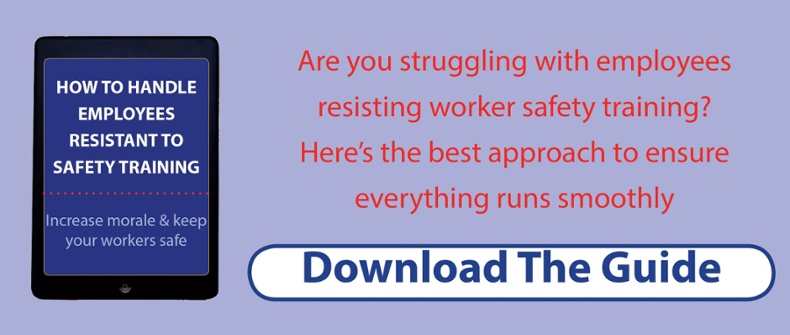

Is Working Alone Illegal?
The notion of working alone is not illegal in itself, the negligence of correct protocol however, is. It is the employers’ responsibility to ensure strict health and safety procedures are adhered to and that staff are not put under any avoidable danger. This not only includes permanent employees, but also any contractors or self-employed individuals carrying out work for the company. Although employees do have a responsibility to take reasonable care when they are at work, ultimately any issues that arise will usually bring the employer's health and safety policy in to question.
Who Classifies As A Lone Worker?
- The following are examples, this is not however a comprehensive list:
An individual working alone in a shop, at a kiosk, or at a petrol station. - An individual who works alone or away from colleagues in a manufacturing or production plant, warehouse, factory, or leisure facility.
- Any person working alone outside office hours, like cleaners, or security personnel.
- Mobile workers that work alone in construction or maintenance.
- Those working in agricultural roles alone, including forestry roles.
- Any workers that work alone in medical services, the postal service, or any other public service.
Minimising Risks And Avoiding Penalty
As an employer, or health and safety manager, there are several steps that can be taken to avoid a penalty for lone worker neglect. These are not legal requirements but they are helpful tips:
- Carry out comprehensive risk assessments for each role involving any individual working alone.
- Ensure each employee is comfortable and possesses the required knowledge for their role. This usually means implementing mandatory training sessions and updating these regularly.
- Delegate tasks correctly, if a task seems too dangerous for an individual to perform alone, then it should not be done. For example, any task that requires an individual to work in a confined space where they could become stuck, or any exposure to dangerous chemicals or electricity.
- Avoiding putting someone working alone at any additional risk than any other employees.
The Penalty For Negligence
Penalties for neglecting the correct legal procedures for the safety of individuals working alone vary depending on profession and specific roles. Employers need to make themselves aware of any legislation that surround particular roles that they offer. Failure to adhere to any legal requirements may not only result in a large fine, but can also be very damaging to a company's image. These are both points that employers, business owners and managers should be aware of.
All employers are also bound to standard legal requirements when it comes to the management of individuals that work alone. These include The Health And Safety At Work Act 1974, and The Management Of Health And Safety Regulations 1999. These legal requirements should be adhered to by assessing and controlling the risks for any individual that works alone. Risk assessments vary greatly depending on the role that an individual is assigned to, and therefore health and safety managers should always take this in to consideration. Penalties for failing to comply with the Health And Safety At Work Act 1974 can be an unlimited fine. All Health And Safety Managers must familiarise themselves with these crucial pieces of legislation to avoid both personal injury of employees and penalties for non-compliance.
Monitoring Is Essential
The best way to avoid any disastrous situations arising from an employee working alone is to have a monitoring channel in place. Monitoring ensures that any individual that works alone has a degree of remote supervision. There are several ways of monitoring employees, this can include periodical visits from supervisors, or agreed times of contact between the worker and supervisor. This can be through email, phone, or radio devices but employers or managers should be aware of the particular employees understanding of the English language. This means that employers should always ensure that any employee that is unfamiliar with the English language understands the monitoring procedure.
Another type of monitoring that allows anyone working alone to be more independent and minimises staffing costs of periodical visits from supervisors, is the use of a remote warning device. This type of device allows workers to trigger an emergency warning with relative ease when they are in danger. This type of device is an efficient way for the worker to send an alarm to their colleagues making them aware of the emergency. Additionally, alarms can be triggered even in the event a worker is rendered unconscious by the device tilting beyond specific angle or remain still for a short period of time. This type of device can be life saving in an emergency and can be much more effective than other monitoring methods.




